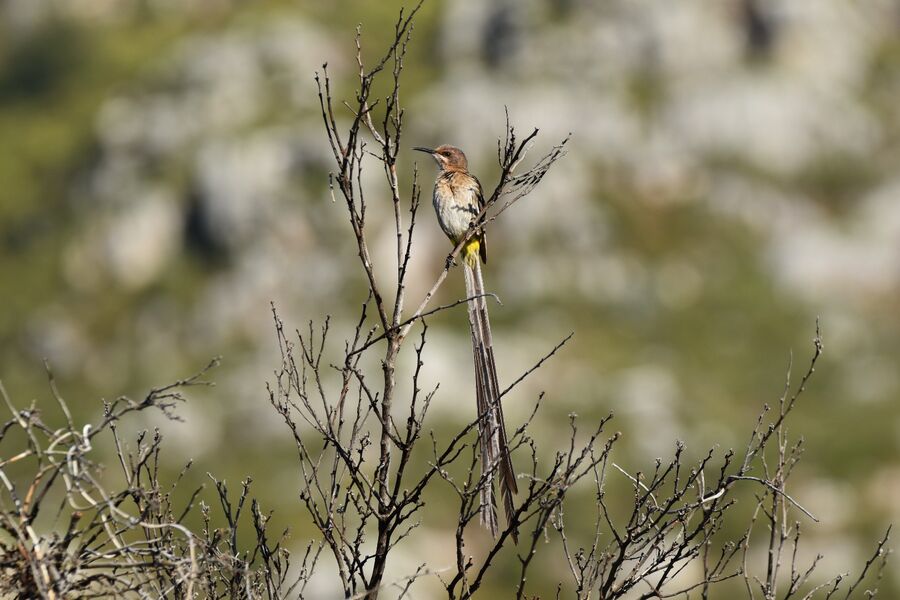
The Cape Sugarbird: The Delicate Jewel of South Africa's Fynbos
South Africa is home to a plethora of unique and fascinating bird species, and the Cape Sugarbird is no exception. With its striking plumage and impressive acrobatics, this charming bird is a must-see for any birdwatcher visiting the Western Cape region and is featured on our Top 10 South African Birds for International Birders.. But the Cape Sugarbird is more than just a beautiful bird; it holds a significant place in South African culture and history. Join us as we explore the captivating world of the Cape Sugarbird.
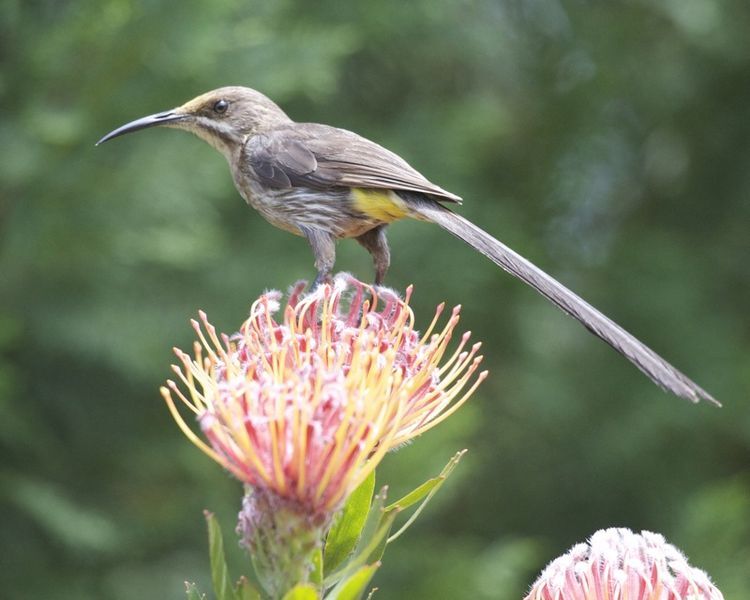
Cape Sugarbird on Protea Flower - Photo Credit: Wikimedia Commons
Appearance
The Cape Sugarbird is a medium-sized bird with a distinctive long tail that makes can measure double as long as its body length. Its plumage is mostly gray and brown with a long, slender, black bill. The Cape Sugarbird's appearance is one of grace and beauty, and it's no wonder that birdwatchers from around the world are drawn to see it in person.
Interesting Behaviours
The Cape Sugarbird's interesting behaviors extend beyond its stunning appearance. One notable behavior is its elaborate mating dance, in which the male hops from branch to branch and fans out his long tail feathers while singing a melodious tune. This dance is not only a display of courtship, but also a way for the male to establish and defend his territory.
In addition to their courtship behavior, Cape Sugarbirds have a unique diet. They primarily feed on the nectar of protea flowers, which are native to South Africa. They use their long, curved bills to extract the sweet nectar from the deep, tubular flowers. They also feed on insects and spiders, which they catch by hovering in mid-air and plucking from leaves and branches.
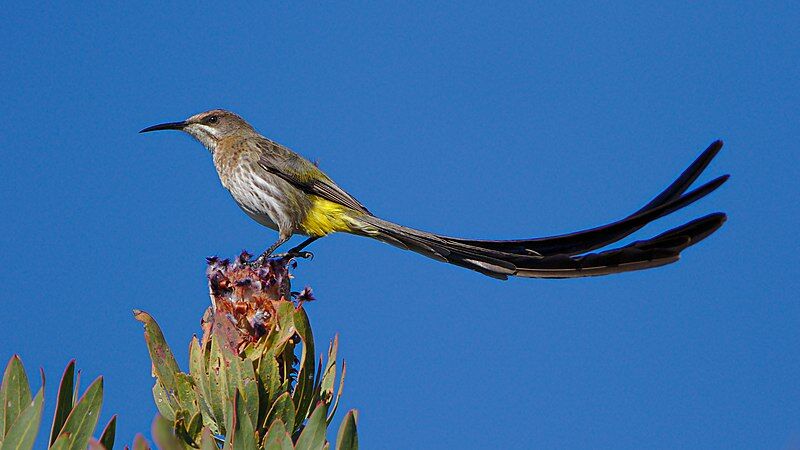
Cape Sugarbird - Photo Credit: Derek Keats
Where to Find
The Cape Sugarbird is a unique bird in that it is endemic to the fynbos biome of South Africa. Endemic species are those that are found exclusively in a particular geographic region or habitat. The sugarbird family as a whole is also endemic to the southern tip of Africa, with the Cape Sugarbird being the largest and most well-known member of the family.
This endemism makes the Cape Sugarbird a special bird for birders and nature enthusiasts visiting South Africa, as it is not found anywhere else in the world. It also highlights the importance of preserving the unique habitats that these birds rely on for survival. Fynbos is a critical habitat for many endemic species, including the Cape Sugarbird, and efforts are being made to conserve and protect these areas to ensure the survival of these special birds.
One of the best places to see Cape Sugarbirds is in the Kirstenbosch National Botanical Garden in Cape Town. This beautiful garden is home to a variety of protea species, and you're likely to see plenty of Cape Sugarbirds flitting about as they feed on the nectar.
But don't limit yourself to just one location! The Cape Sugarbird can also be found in other areas of the Western Cape, including the Boland Mountains, the Cederberg Mountains, and the Groot Winterhoek Wilderness Area. Just be sure to check the flowering times of the proteas in these areas, as this will greatly increase your chances of spotting these birds.
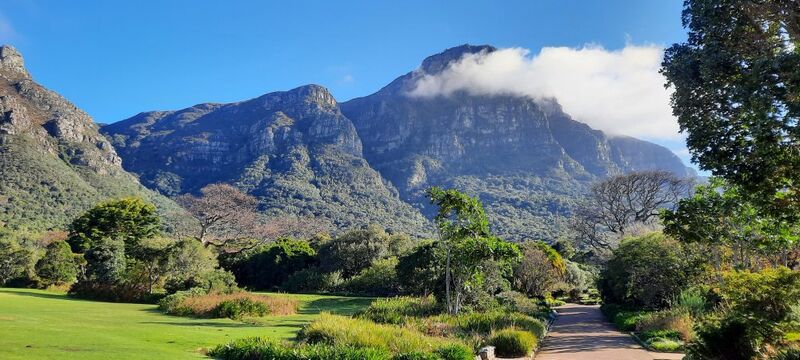
Kirstenbosch Botanical Gardens
Cultural Significance
The Cape Sugarbird holds a special place in South African culture, and is often featured in artwork and literature. In fact, the bird is the official provincial bird of the Western Cape, and is a beloved symbol of the region's natural beauty. The bird is also an important pollinator for the Cape Fynbos, which is one of the most diverse and endangered floral kingdoms in the world.
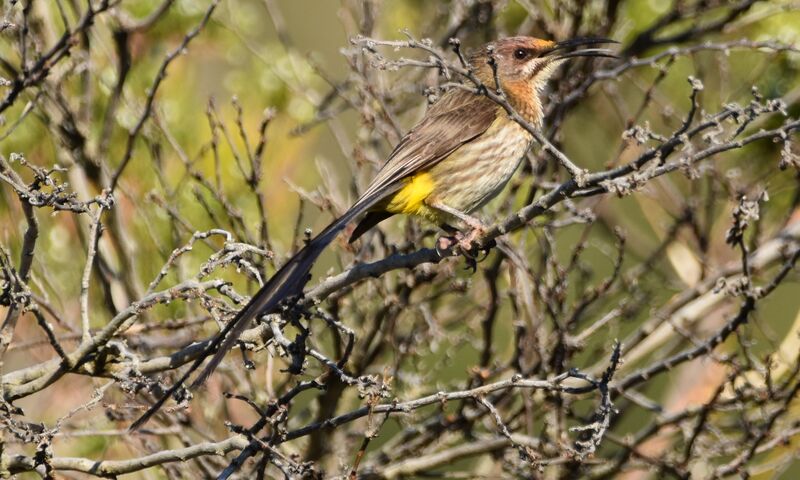
Cape Sugarbird
A Sweet Sight to Behold
The Cape Sugarbird is a true South African gem that any bird enthusiast should seek out on their travels. With its striking appearance, unique behaviors, and cultural significance, it is truly a marvel to behold. So if you're planning a birding trip to South Africa, be sure to keep an eye out for this beautiful bird, and witness firsthand its impressive aerial displays and sweet tooth for the nectar of the protea flowers. Don't miss out on the opportunity to witness one of the country's most spectacular birds in action!
